Tips For Harvesting Pumpkins, Vegetables And Other Garden Produce
How do you know when it's time to harvest? We have tips on how to tell when all your garden gems are ready to pick, from beets to zucchini!
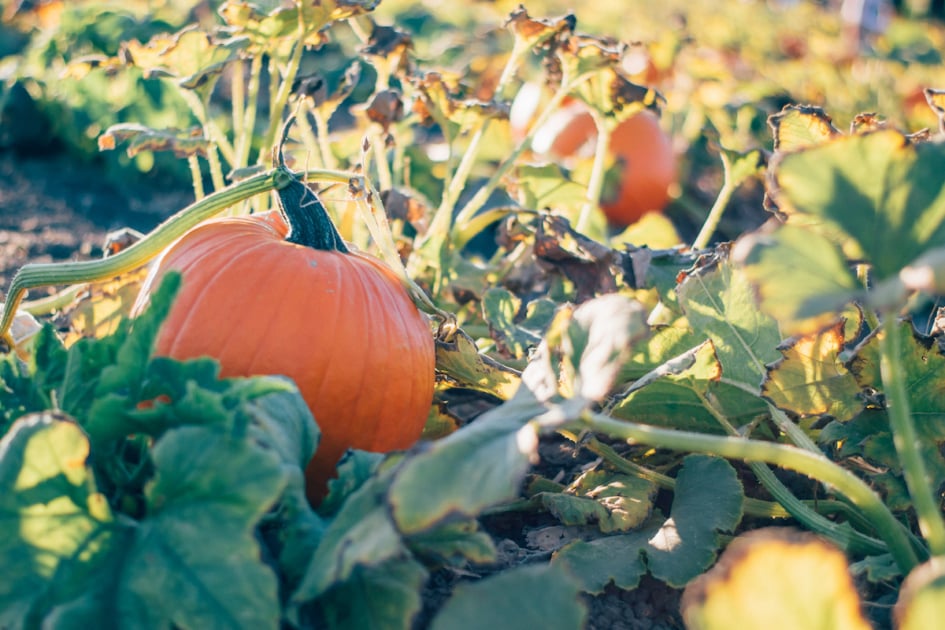
How do you know when your garden produce is ready to pick? Just consult our handy harvest guide, from A to Z!
Beets
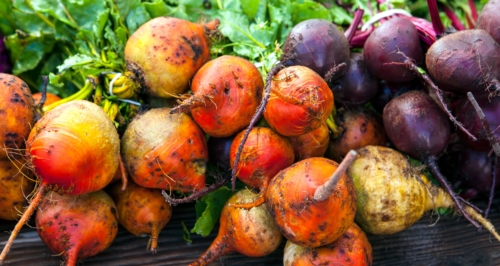
Beets are ready to be picked once they’ve reached 1 1/2”, but can be allowed to grow larger.
Broccoli
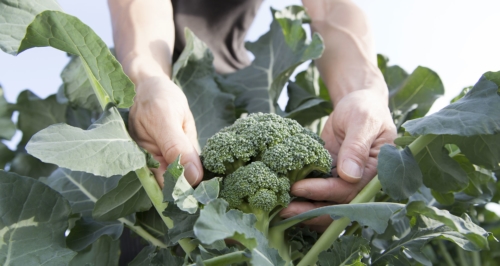
Harvest broccoli when the buds are still tight. If you allow yellow flowers to form, your broccoli may become woody. Continually cut back your plant to encourage side shoots throughout the growing season.
Cantaloupes
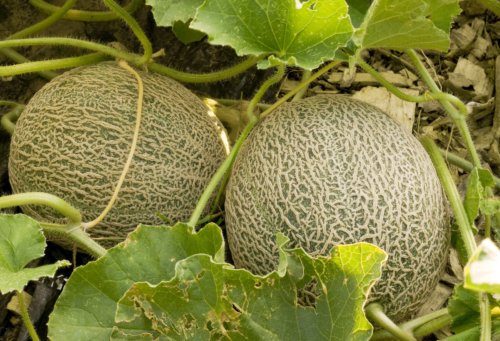
Cantaloupes are ready to pick when the exterior is tan with a hard, netted skin pattern. A crack should form near the stem allowing the fruit to be easily removed.
Carrots
Pull your carrots once they’ve turned orange (or yellow, if you have a yellow variety) and grown to the desired size. It’s OK to move back some of the dirt to get a better look. Carrots can be picked once they’ve reached anywhere between 1/2” to 1 1/2” in diameter, depending on your preference and the length of your growing season. If your carrots break off in the ground, use a fork to loosen the soil around them.
Chard
Harvest the outer leaves of chard when the plants are sturdy and well established. Always leave a few leaves behind to encourage continual growth throughout the season.
Corn
Harvest after the silk at the top of the stalk begins to turn brown, but before it dries out. It’s OK to pull back the ear and have a look at the corn. The kernels should be plump and juicy.
Cucumbers
Harvest cucumbers when they have grown to a good size and the skin is firm and glossy. Don’t wait too long. Larger cucumbers can get bitter.
Eggplant
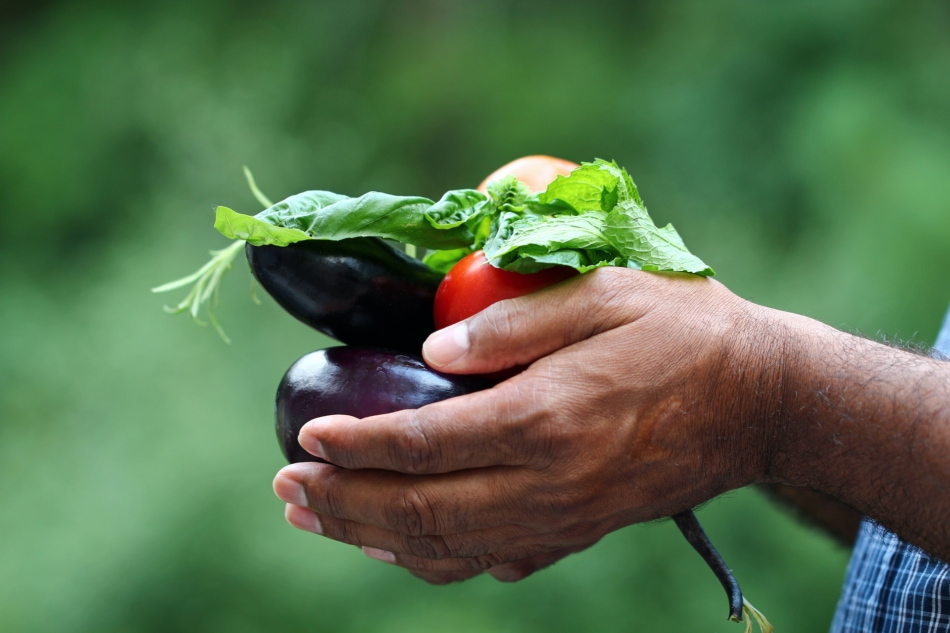
Pick eggplants when they have grown to size and are smooth and shiny.
Garlic
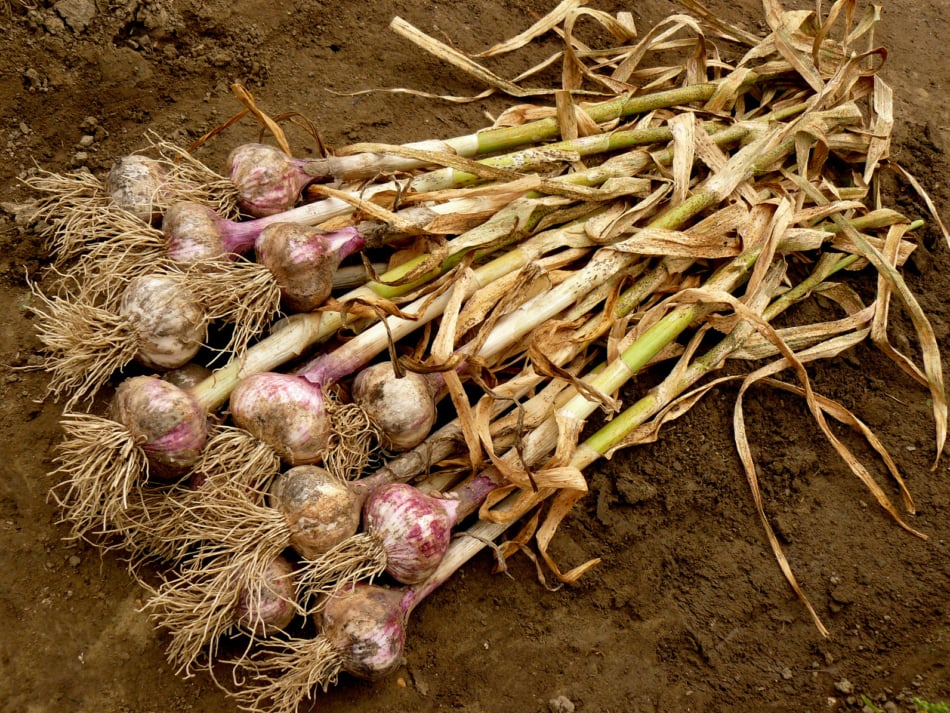
When the bottom leaves of the plant turn brown, it’s usually a good indication that your garlic bulbs have nicely divided into cloves and they’re ready to be harvested. You can eat garlic straight from the garden, but for good storage, you’ll need to cure them by hanging the whole plants in bunches in a dry, airy location for a couple of weeks. A barn, garage, or shed is ideal, but you can also lay them on a screen under cover of a tarp or porch roof. Curing is complete when the roots look shriveled and feel stiff and the leaves are brown and dried. Then trim off the stem and store at room temperature.
Honeydew
Honeydew melons are ripe when they have a slight yellow tinge to their light-colored rinds. Unlike cantaloupes, honeydews must be cut from the vines.
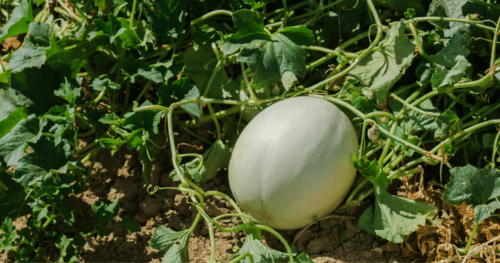
Kale
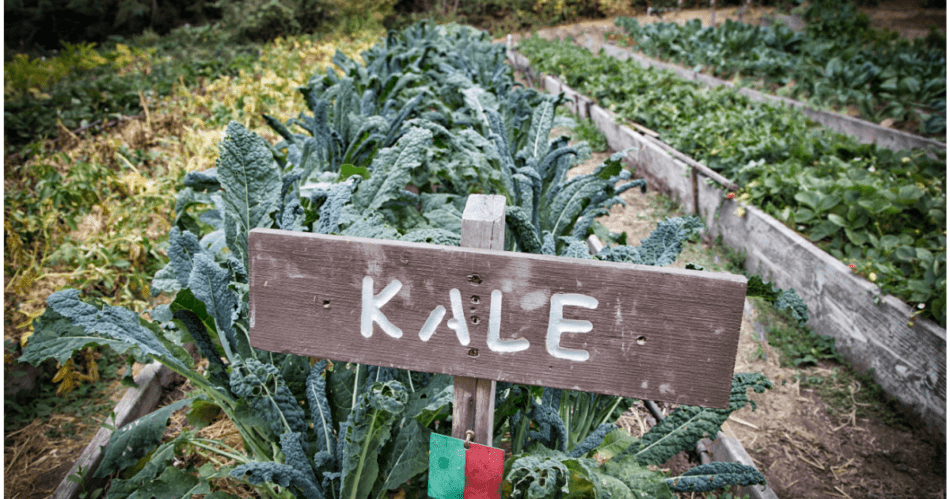
You can start picking the outer leaves of kale when the plants are sturdy and well established. Like chard, be sure to leave behind some young leaves to ensure ongoing harvests.
Leeks
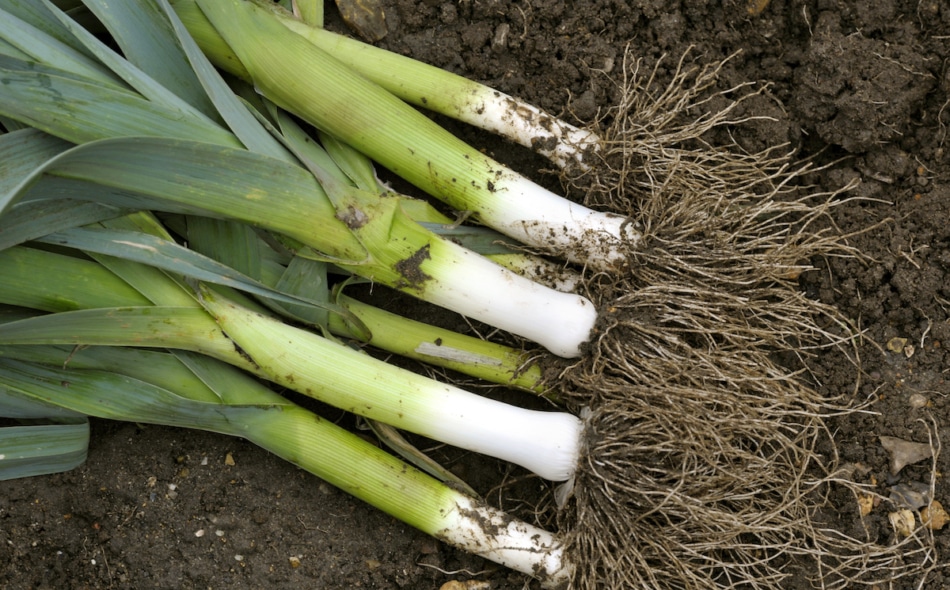
Leeks can be harvested as small as ½” thick for extra tenderness, or allowed to grow to larger than 1”. Just be sure to harvest before the flowering stalk forms or they’ll be too woody to eat.
Lettuce
Lettuce is best harvested in the morning for maximum crispness. Can be harvested as individual leaves or whole heads. Harvest heads when they are firm in the center, but before they begin to send up a flowering stalk, or simply use scissors to cut off outer leaves throughout the growing season.
Onions
Pick young onions once they’ve reached 10”-12” tall to enjoy as scallions. Or, for mature onions, wait until the tops wither.
Peas
For maximum crispness, pick peas in the morning, and frequently. Shelling peas are ready to harvest as soon as the peas are round enough to fill the pod. Snap peas should be allowed to become round and full. Neither variety should be left on the vine too long, or they’ll become tough.
Peppers
Peppers can be harvested as soon as they’ve reached a good size. For maximum flavor, allow peppers to mature for as long as possible before harvesting. Depending on the length of your growing season, they may or may not have time to turn from green to red or orange.
Potatoes
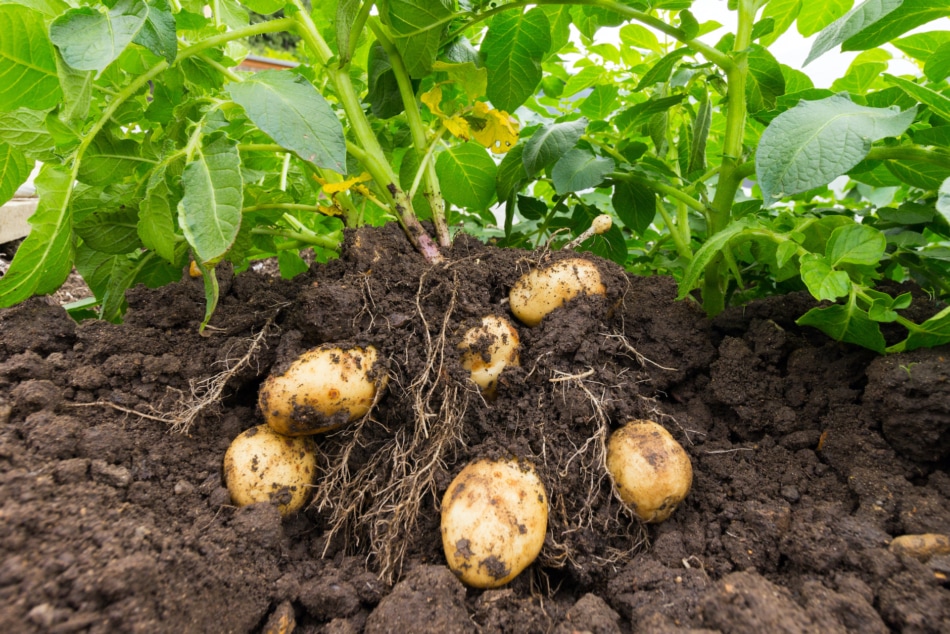
Potatoes are ready to harvest when the aboveground portion of the potato plant turns brown and dies back. Be sure to keep all spuds completely covered until you’re ready to harvest them to prevent sunburned skins. Dig into the soil with a spade fork, or just your hands, until you’re sure no more potatoes are left.
Pumpkins
Harvest pumpkins once they’ve turned firm and deep orange. Cut from the stem with and knife, leaving a few inches as a handle. Allow them to cure outdoors in the sun, or in a sunny spot indoors if there is a threat of frost, for 10 days.
Radishes
Some varieties of radish (there are spring and fall varieties) are ready for picking as soon as 3 weeks after planting. Harvest your spring radishes within 30 to 60 days after sowing. Keep your eye on them daily during this period by peeking in the soil checking their size. They should be about 1 inch in diameter. You can pull one and test it before pulling the others.
Spinach
Once the plant has grown to about 6”, cut off outer leaves, leaving a few behind to allow for continued growth.
String Beans
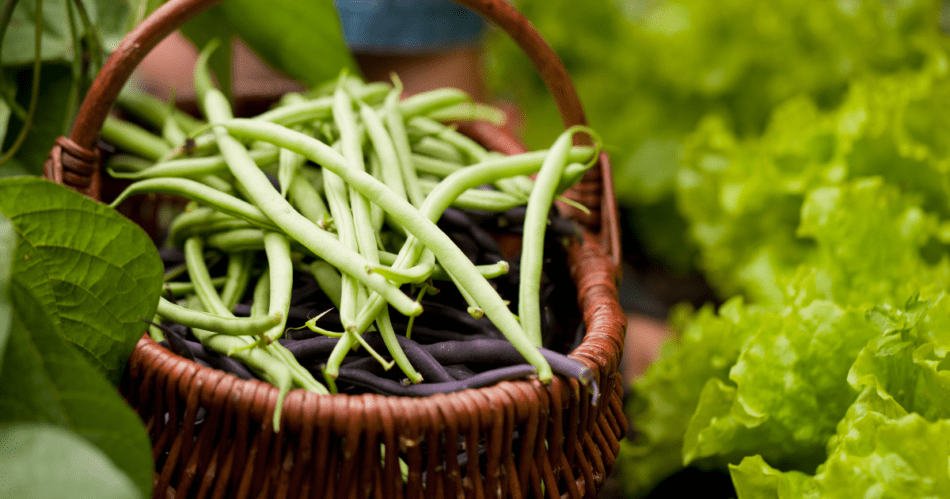
Pick frequently for maximum flavor and quantity. Harvest when they are crisp but still slender. Try to get them before the seeds inside begin to swell, or they may become tough.
Turn your green beans into “leather britches” with this method.
Tomatoes
For best flavor, pick tomatoes when they have reached their mature color, with no trace of green. If you are concerned about cracking, though, you can pick when they have just begun to change color, and allow them ripen indoors, on a sunny windowsill. Never store unripe tomatoes in the refrigerator.
Read: Common Tomato Plant Problems And How To Fix Them
Watermelon
Watermelon is ready to harvest when the skin is firm and the leaves near the fruit start to wither. Ripe watermelons have a light patch on the bottom, where they touch the ground.
Winter Squash
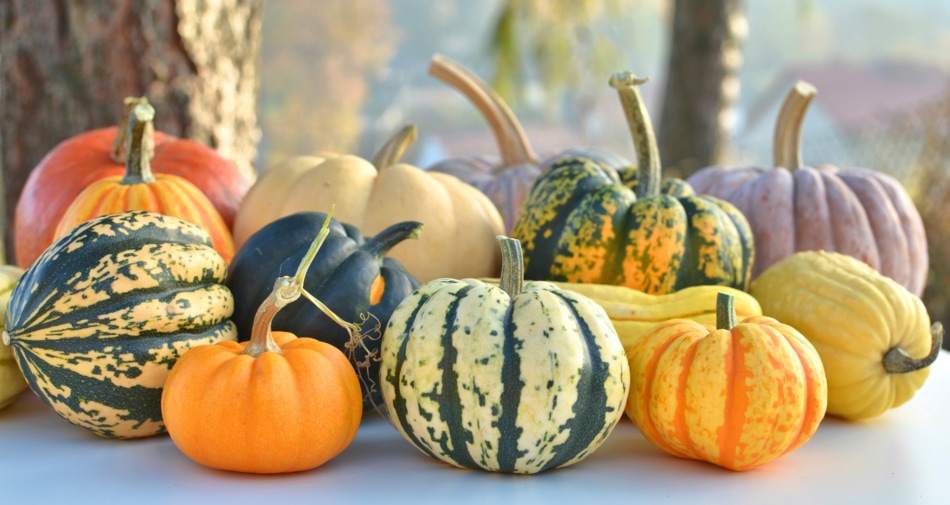
Pick when the rind is richly colored and firm. Cut from the stem with and knife, leaving a few inches as a handle. Allow them to cure outdoors in the sun, or in a sunny spot indoors if there is a threat of frost, for 10 days.
Zucchini
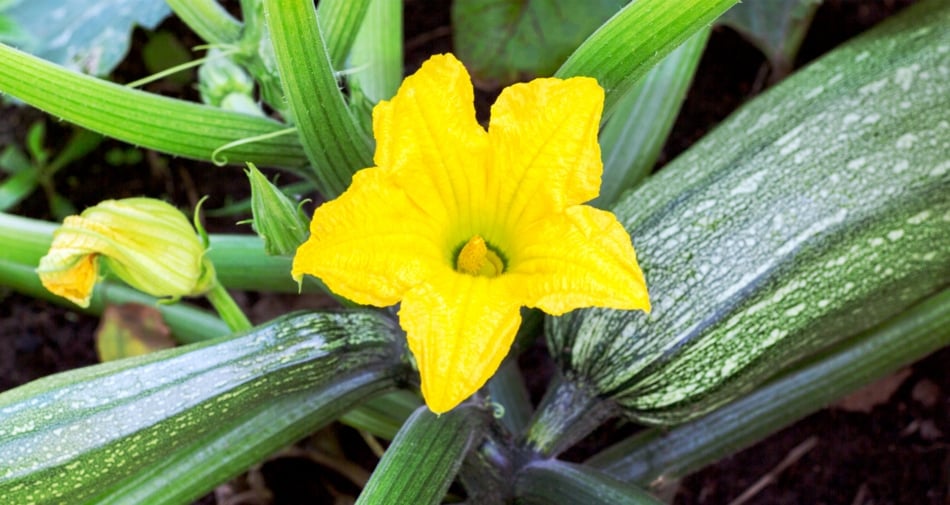
Pick zucchini when they reach 6”-7” for maximum tenderness.
Don’t forget to check the Farmers’ Almanac Gardening calendar for best dates to harvest.

Jaime McLeod
Jaime McLeod is a longtime journalist who has written for a wide variety of newspapers, magazines, and websites, including MTV.com. She enjoys the outdoors, growing and eating organic food, and is interested in all aspects of natural wellness.

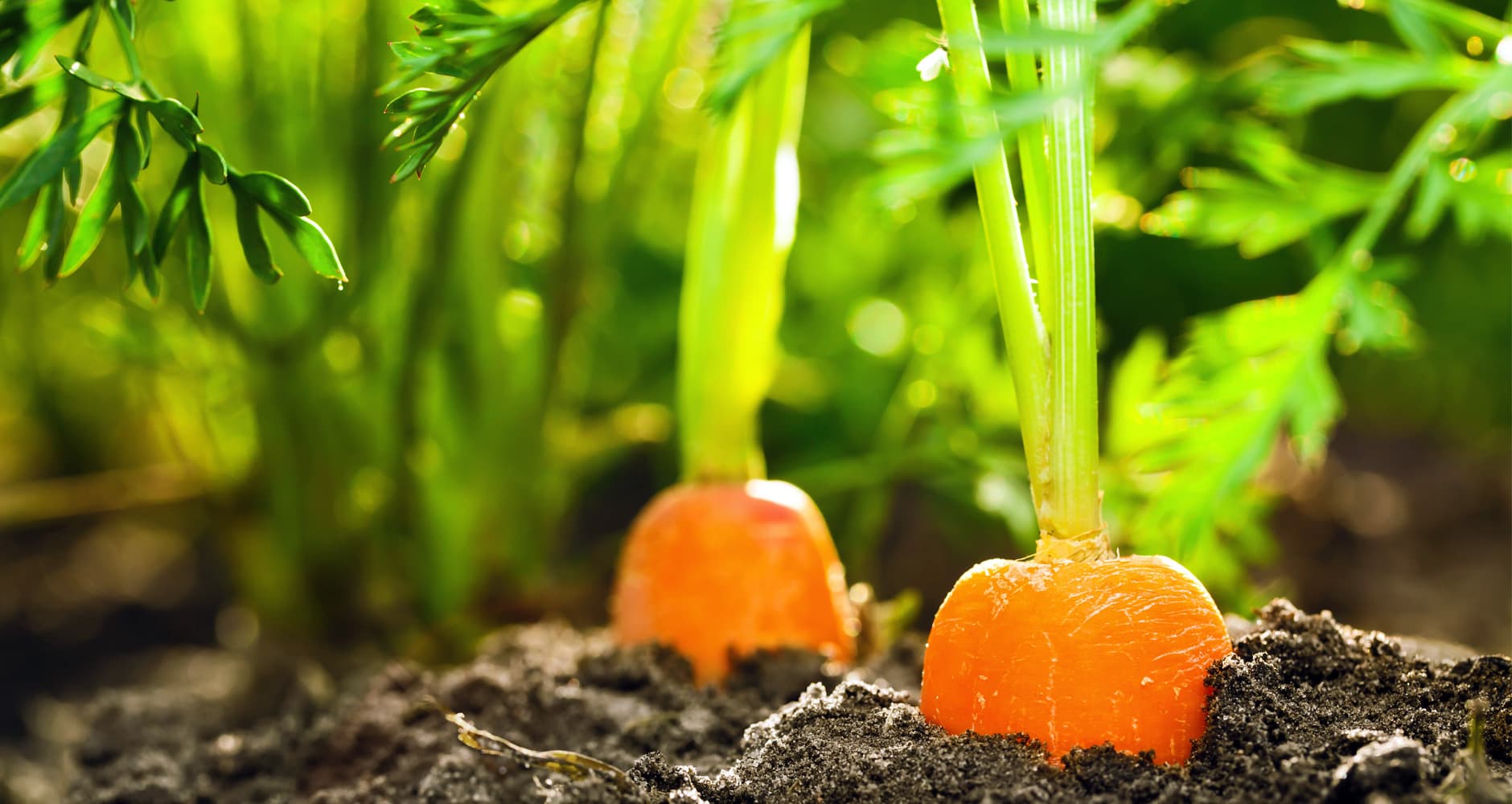
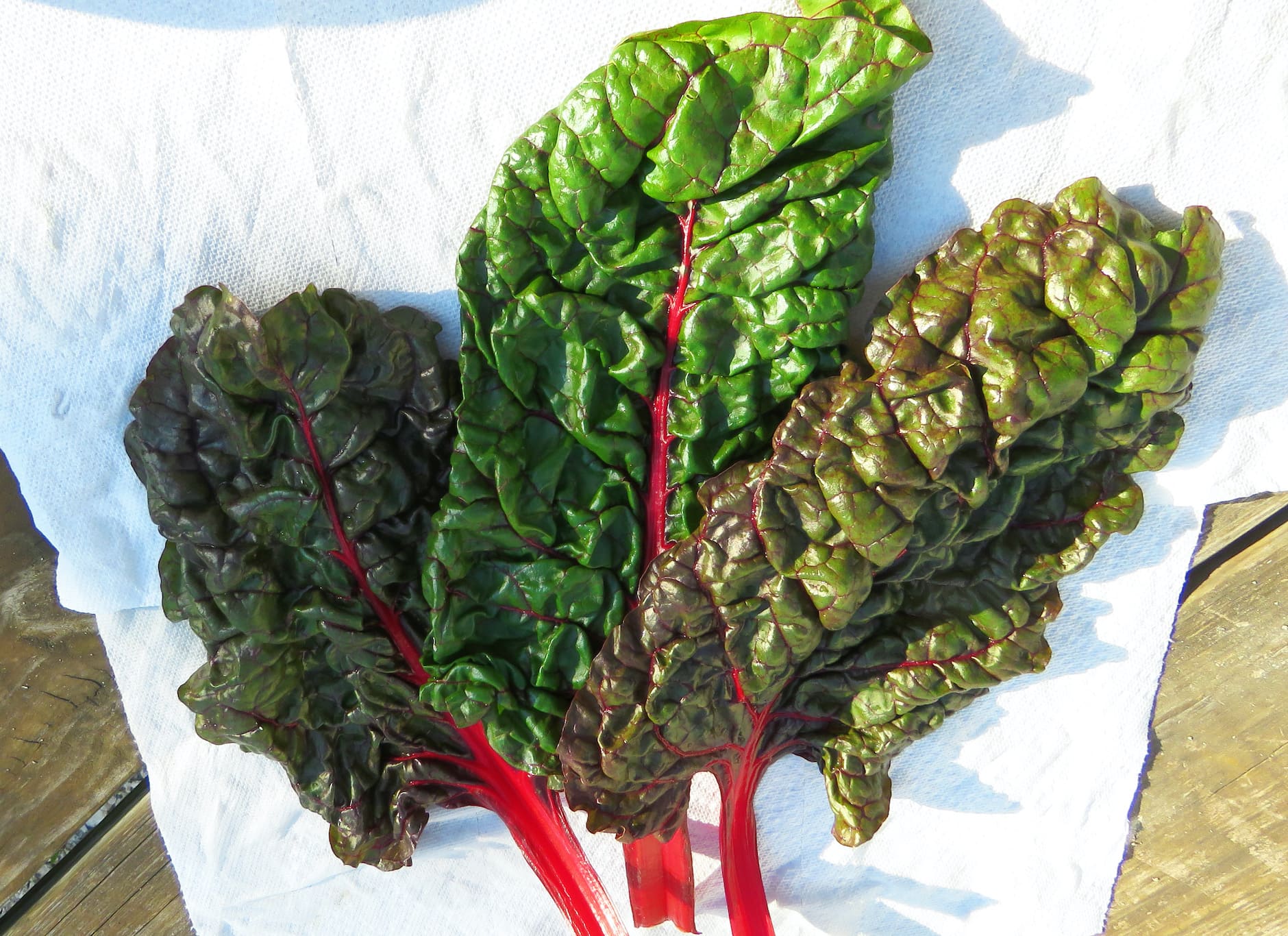
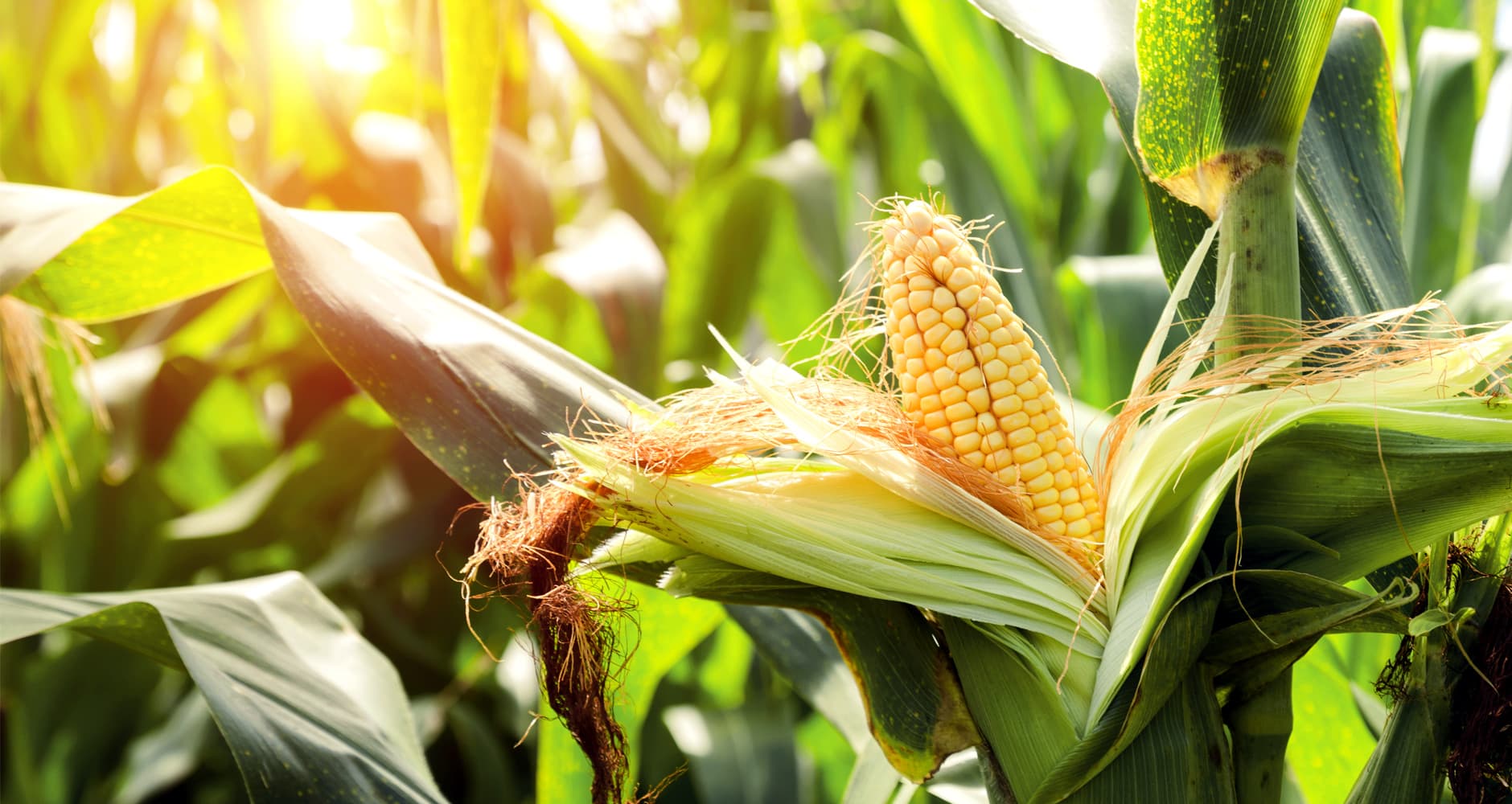
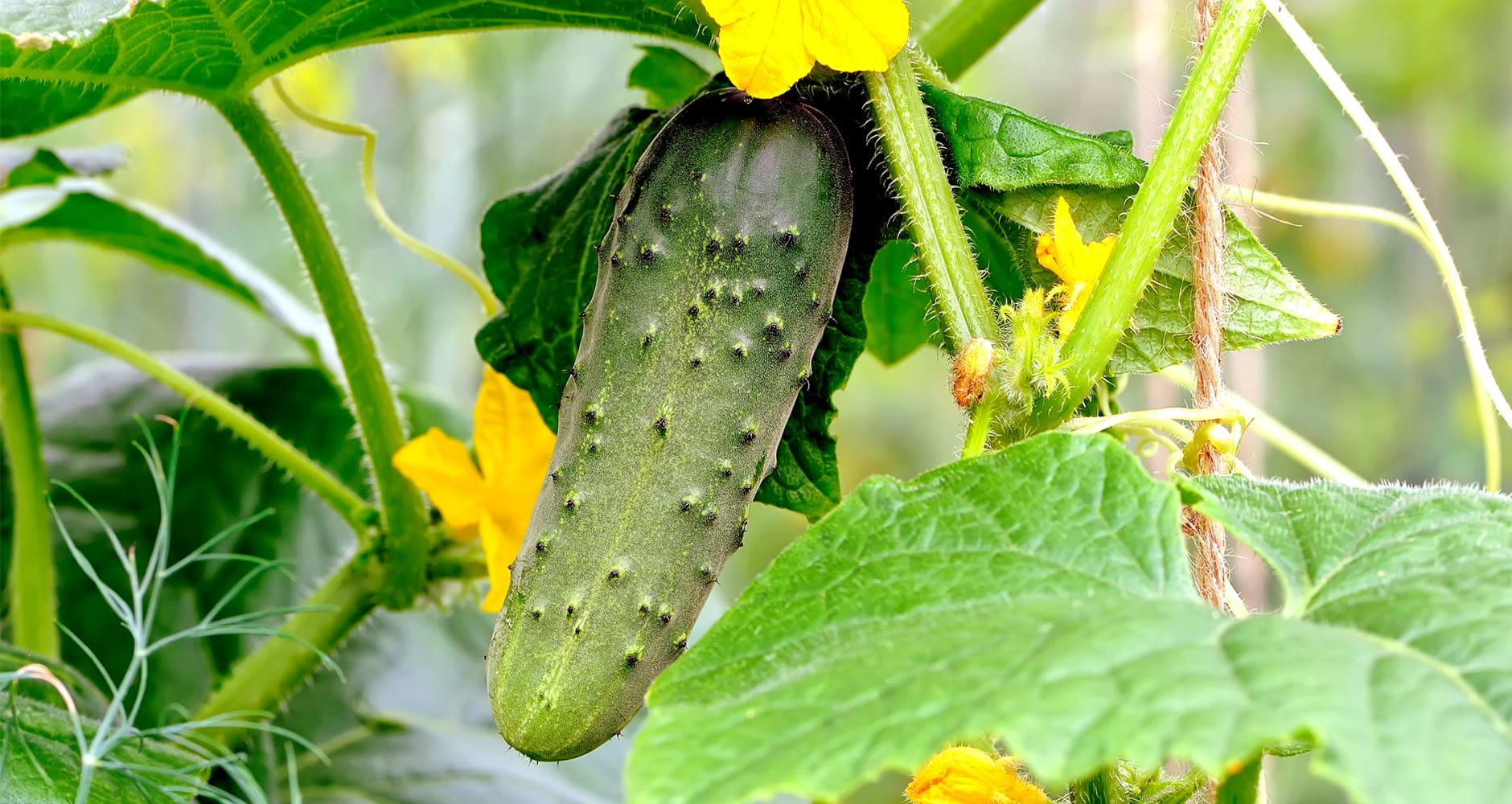
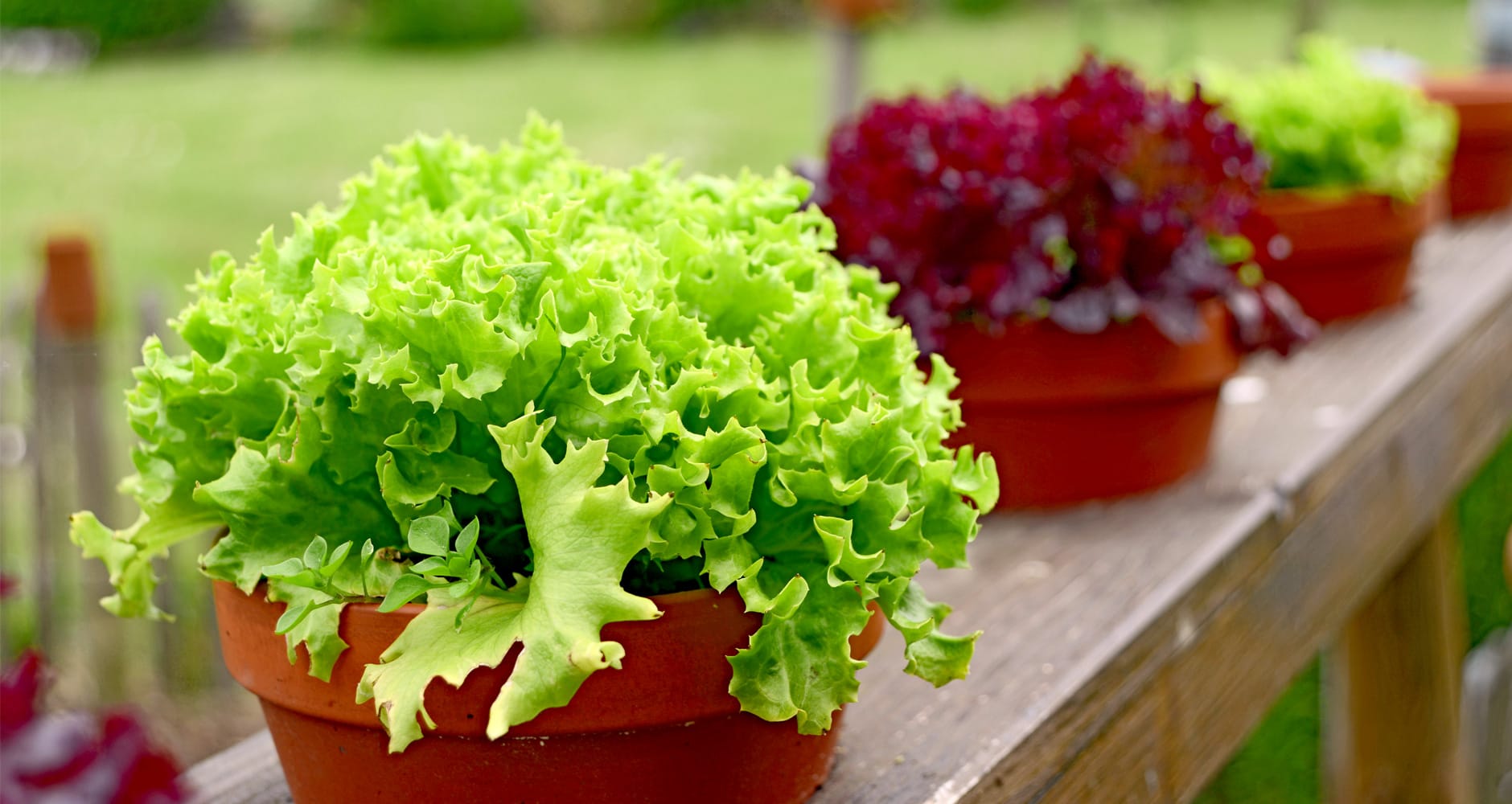
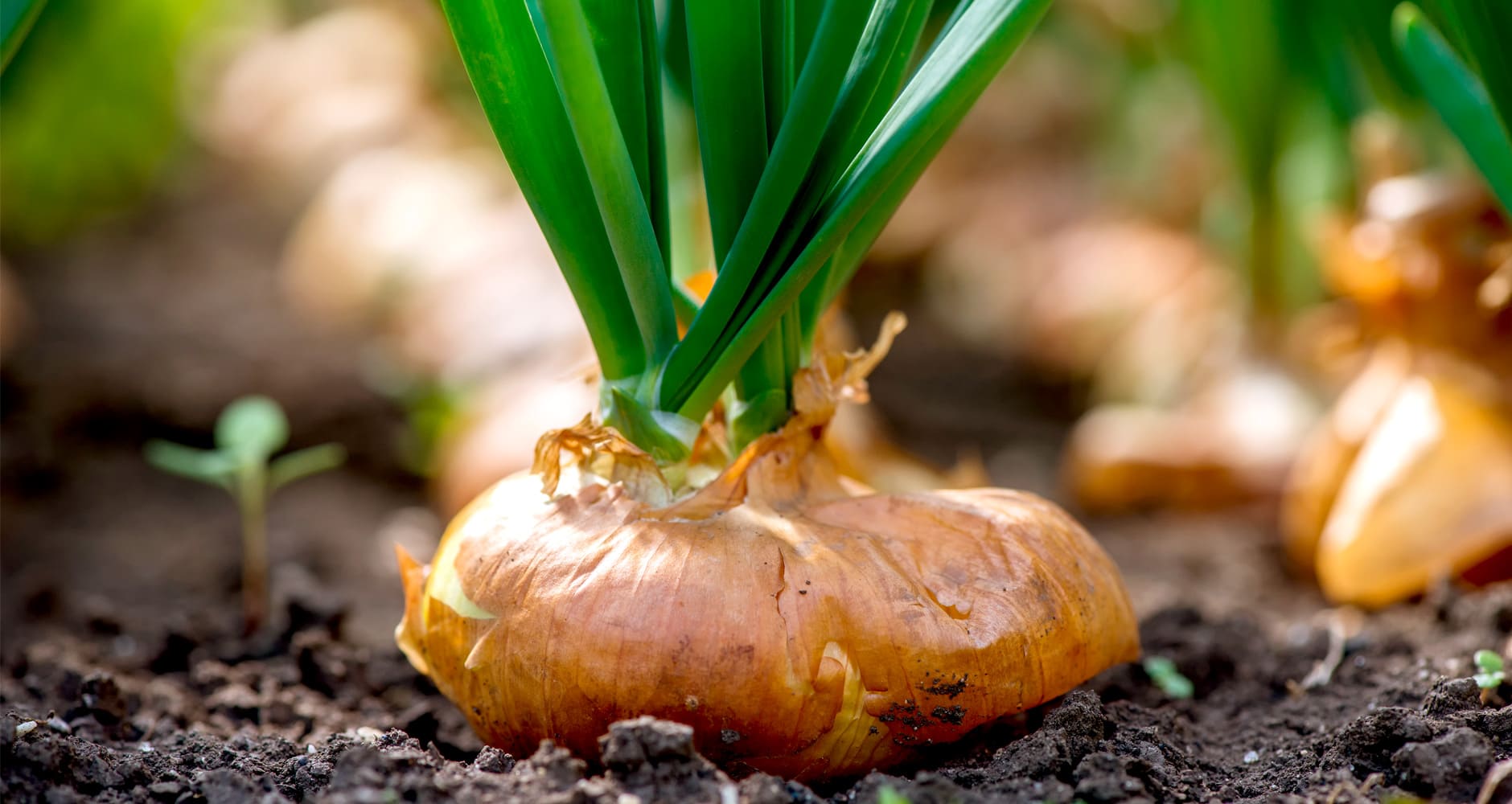
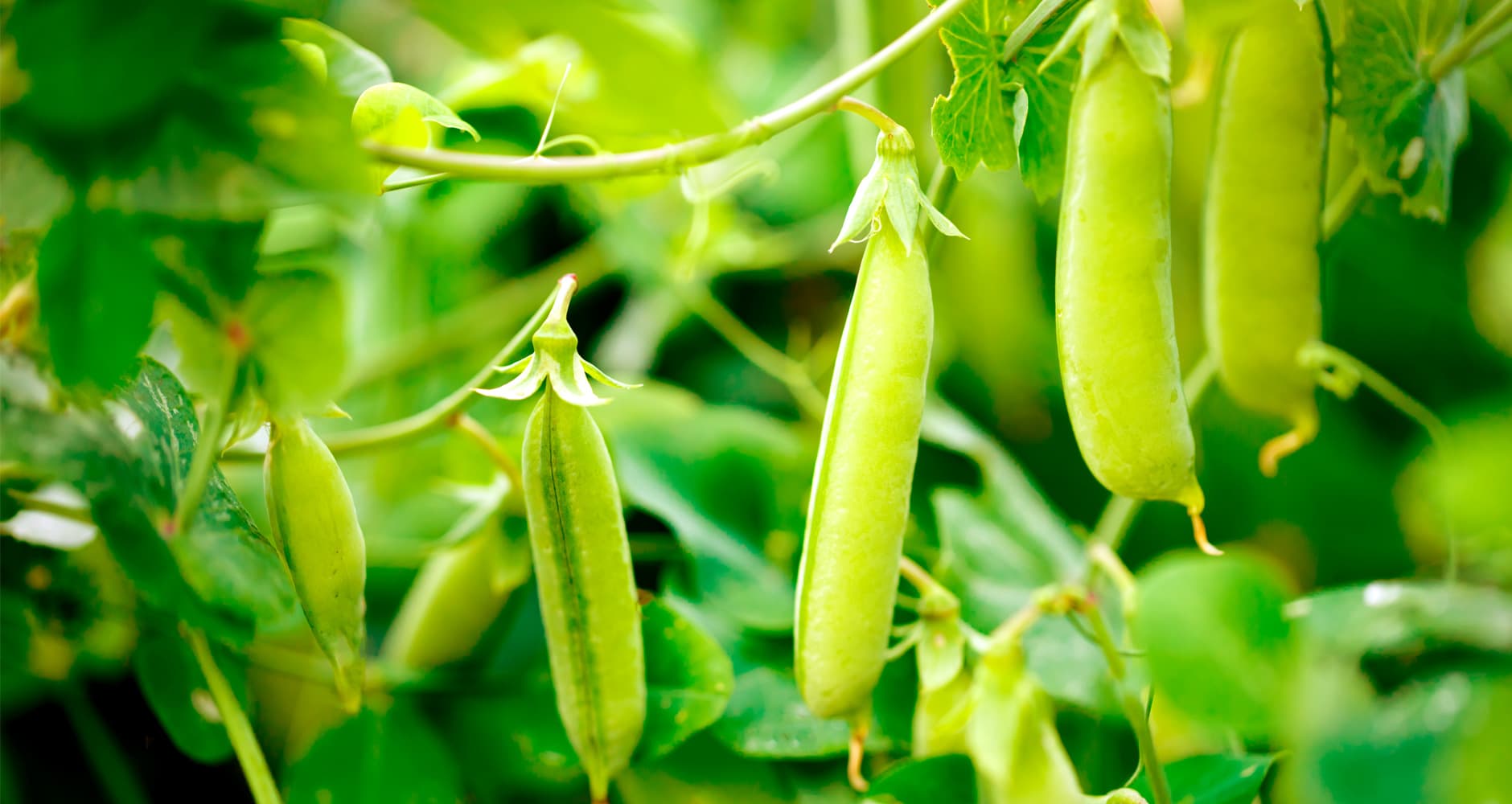
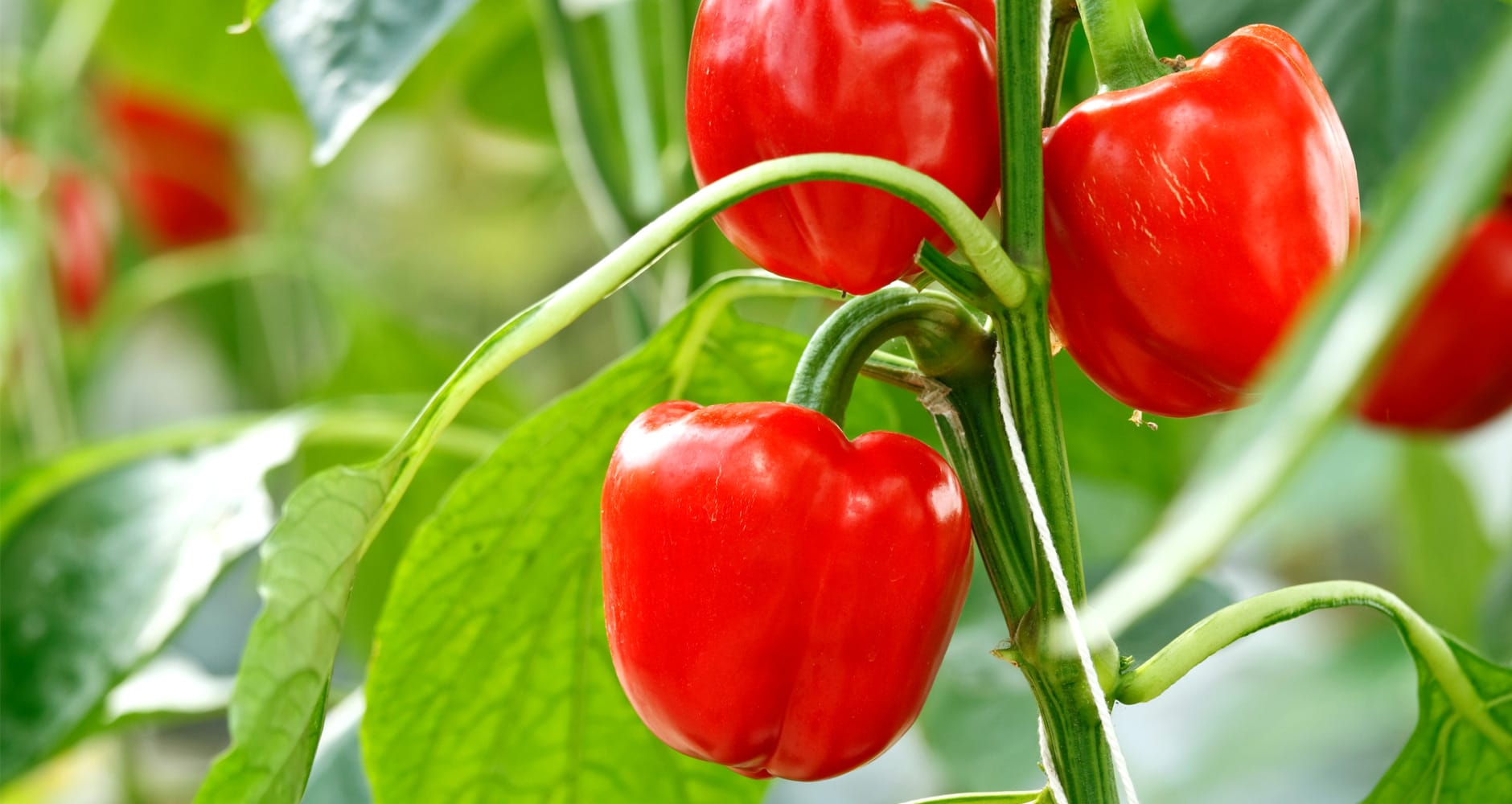
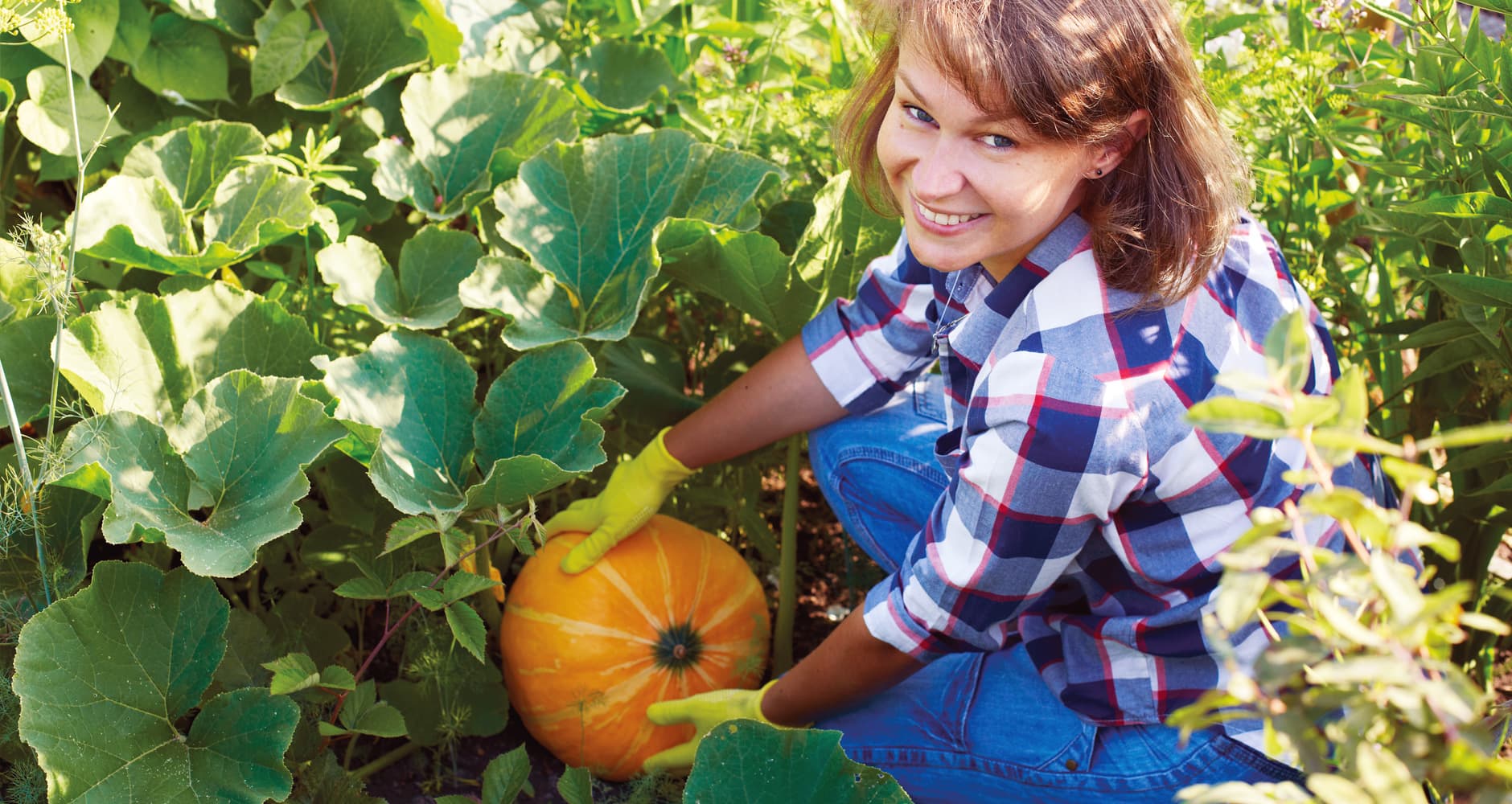
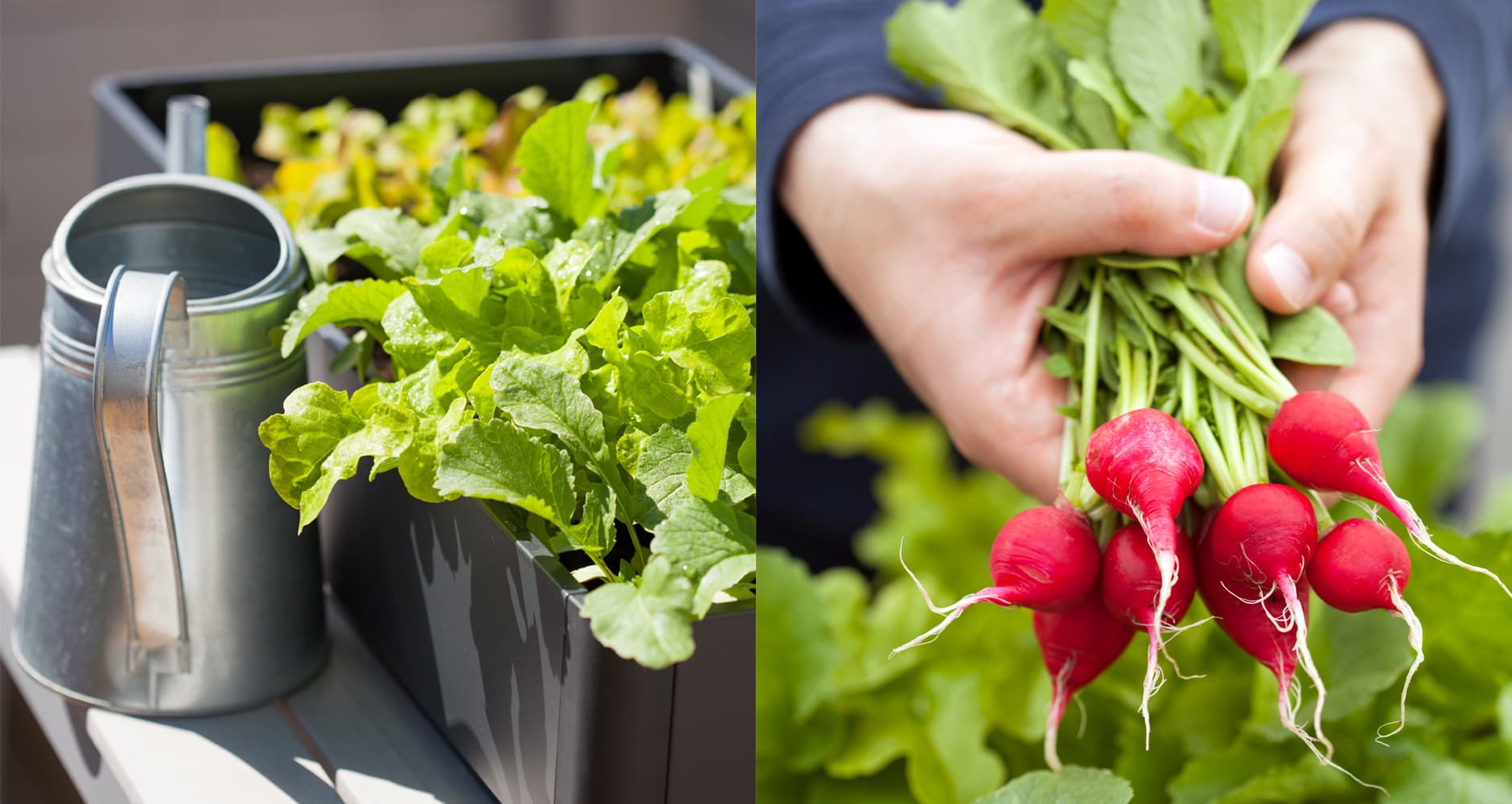
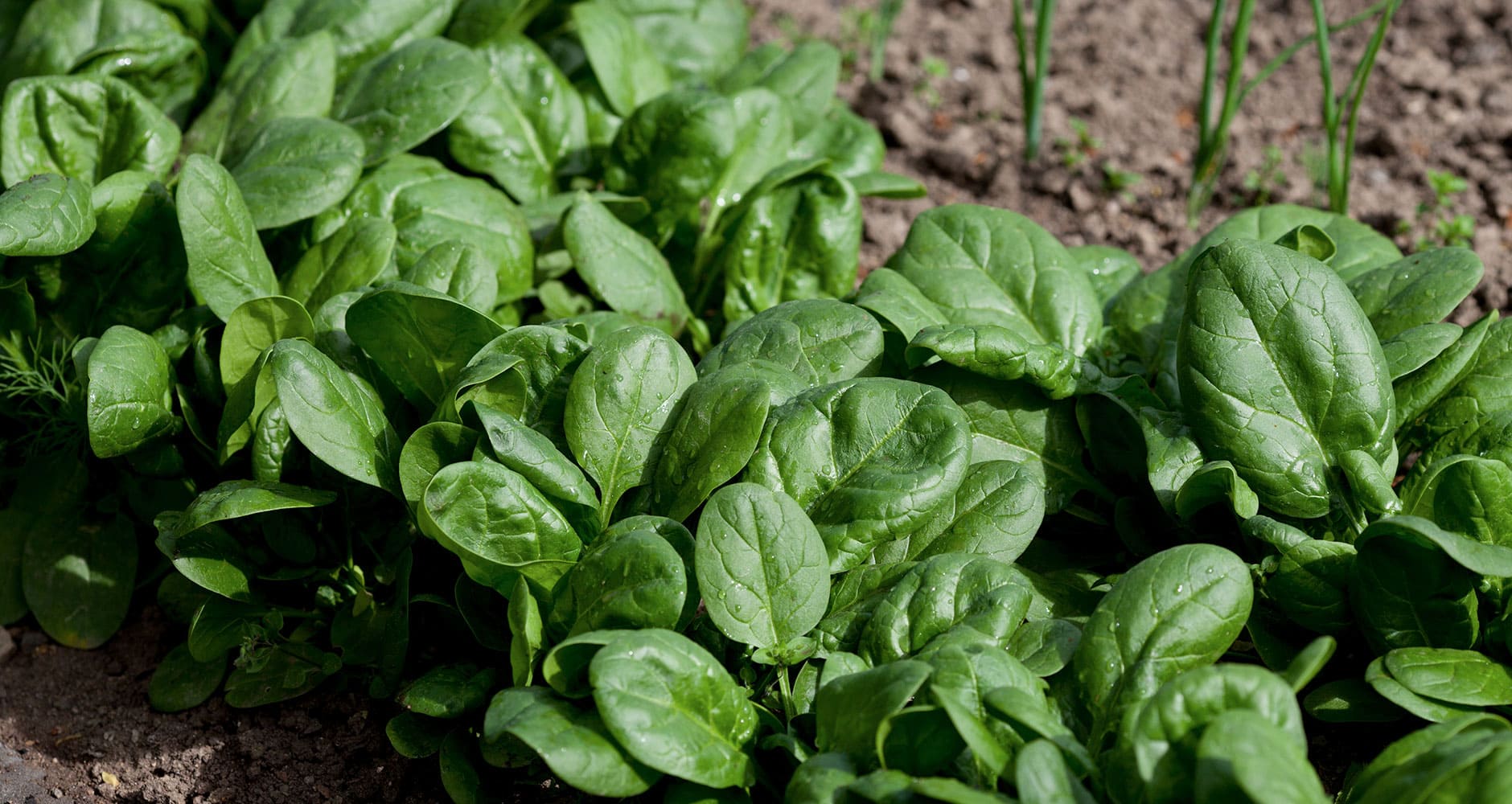
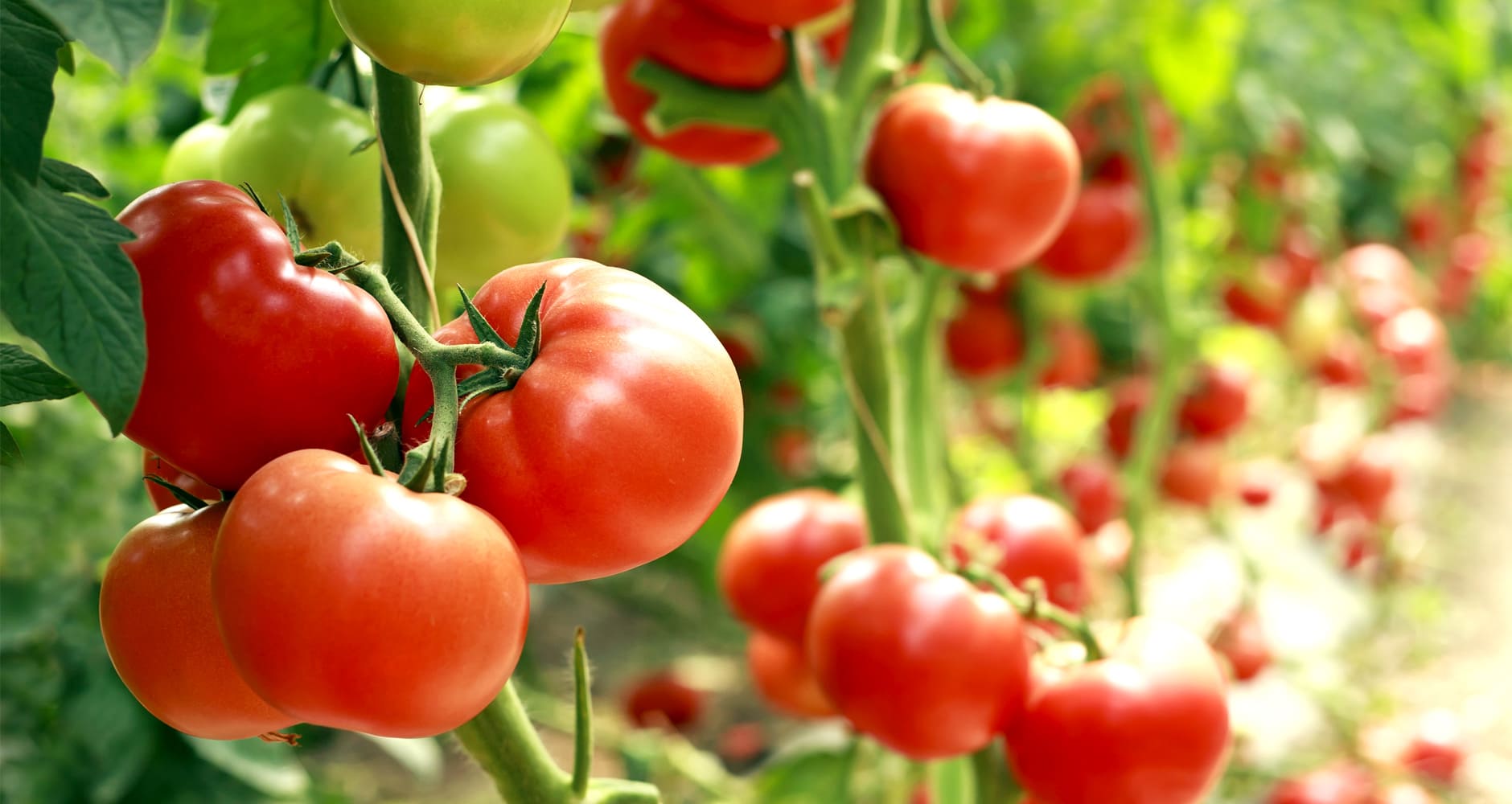
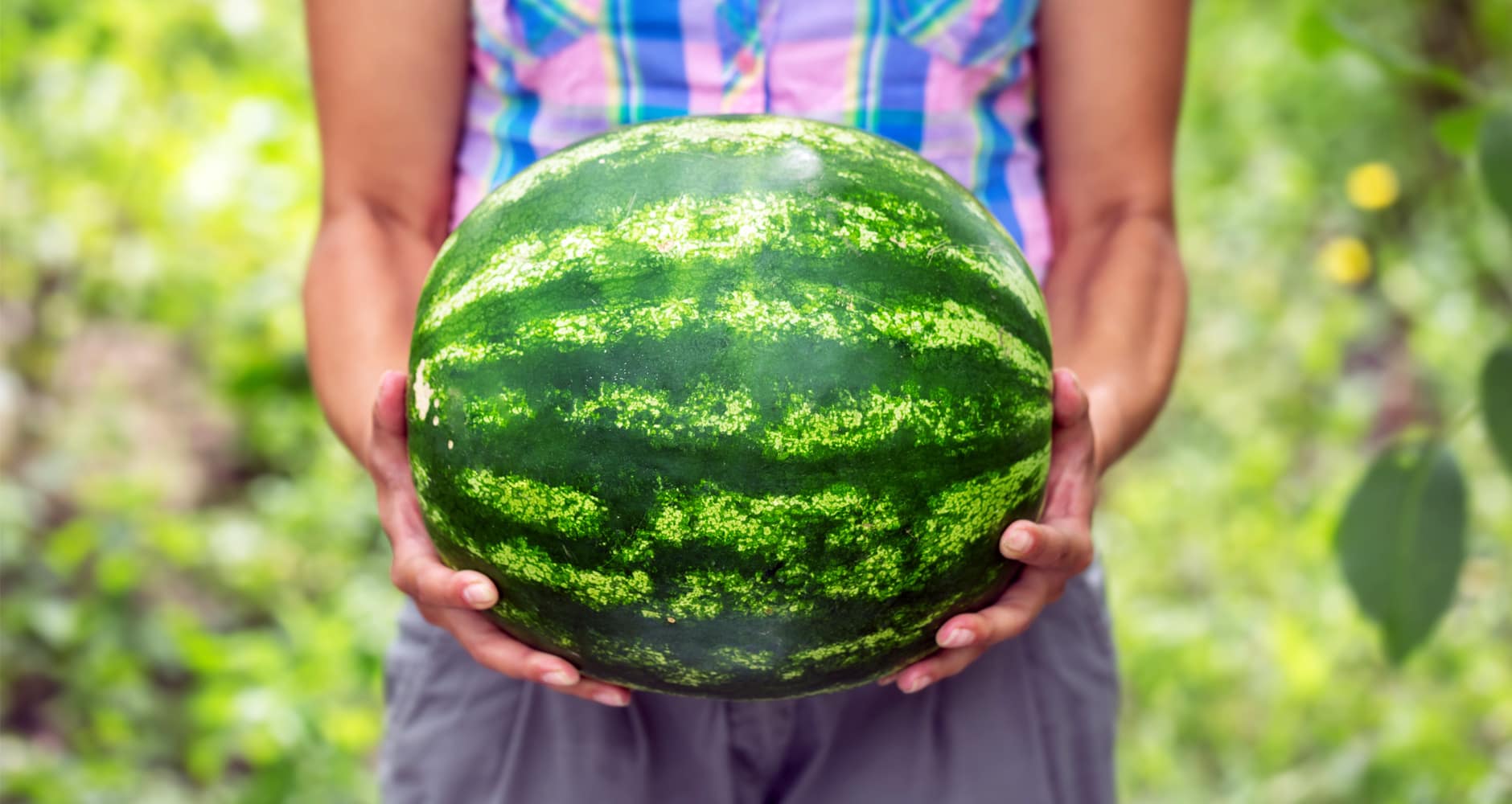





Yes, all root vegetables can be overwintered.
Good advice, but there are so many things not listed. I like to pick summer squash with the flower still attatched. Okra is a favorite in the south, but it isn’t on the list. I pick it early in the mornings when the pods are 3 to 4 inches long. A complete harvesting guide would be a great addition to the web site.
Use your energy making one, instead of complaining about lack of one. Then post it here.
Great guide. Is it true that you can plant potatoes in the fall to harvest the following spring?